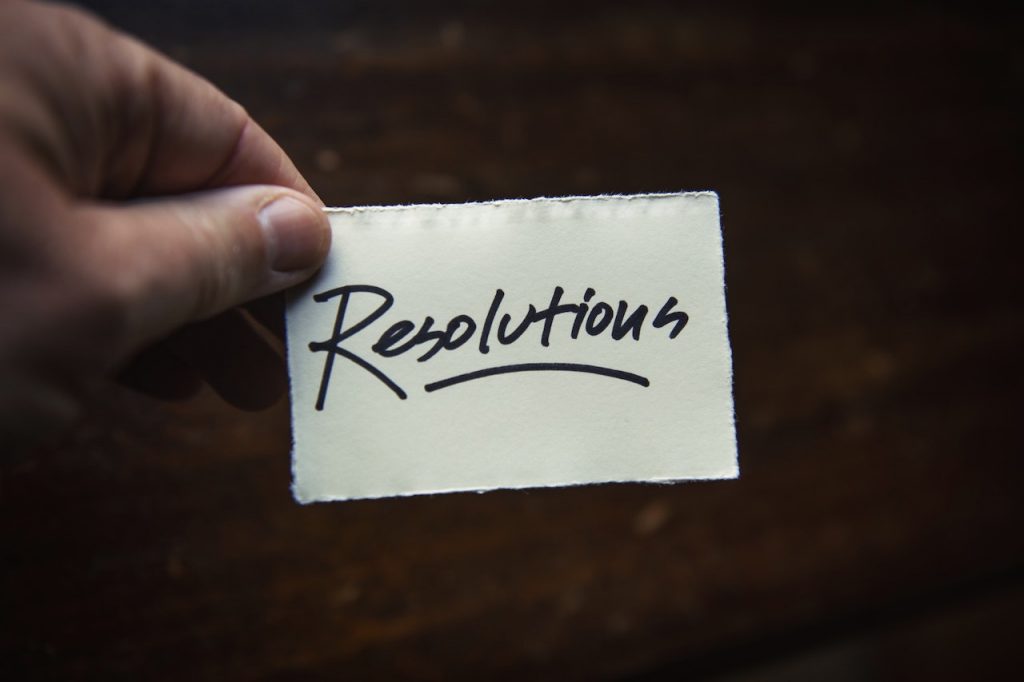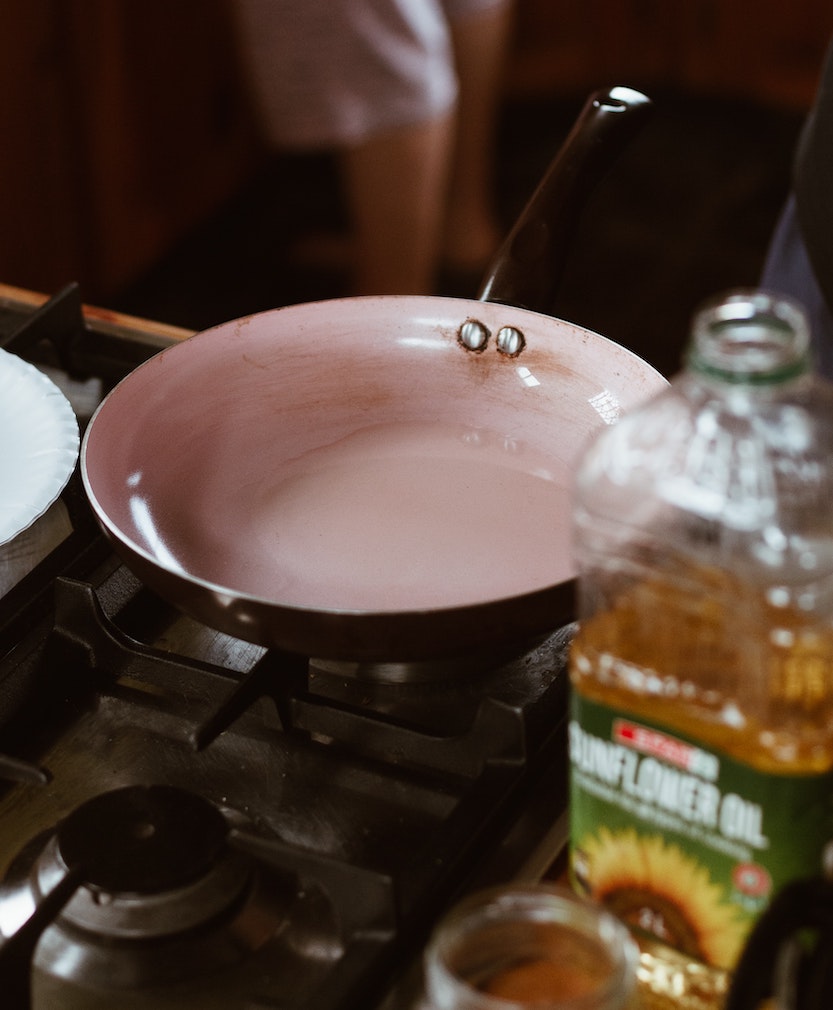
Regardless of whether you are working in an office or from home, you are likely to find yourself sitting for long periods of time throughout the day. While we could all benefit from moving more throughout the day, we could also benefit from stretching. Sitting for a long time places stress on our bodies, especially on our backs and necks, which can cause discomfort or pain. Stretching, standing up and moving around for a minute or two for every 30 minutes of sitting can go a long way in alleviating pain and preventing discomfort.
Try adding in some stretches throughout your day! Hold stretches to a point where you feel tension but not pain. If you experience pain, stop stretching and consider checking in with your healthcare provider.
- Warm up your muscles gently first. Turn your head side to side, nod up and down and lower your ear to your shoulder slowly. Perform shoulder rolls, slowly twist your torso or rotate your wrists in circles.
- Hold stretches for about 30 seconds and take 5 to 10 seconds to relax and rest after the interval. Repeat a stretch about 3 times for increased benefits.
- Take deep breaths while stretching to further relax and loosen your muscles.
- It is okay to feel a “pop” when stretching your neck and back as long as there is no pain. This indicates that your spine is realigning.
- Aim to keep your shoulders down (avoid shrugging them up to your ears) and maintain a straight back unless a stretch specifically calls for shoulders up or a rounded back.
- Keep your feet planted flat on the floor.
Here are a few stretches you can perform in a chair to get you started:
- Neck
- Tilt your head sideways so that your ear moves closer to your shoulder. Using the arm on the same side you tilted to, gently hold your head in place or apply gentle pressure downward. Keep your opposite arm extended and down by your side or holding on to the side of your chair.
- Place the fingers of one of your hands on the collarbone on your opposite side. Rotate your head towards your fingers/collarbone and tilt your head slightly upwards so that your ear is directed to the ceiling. You can also try rotating your head to the opposite side for a different variation on the stretch.
- Back
- Extend your arms straight out in front of you. Clasp hands, tuck your chin and gently push your hands forward while keeping your lower back on your chair. This rounds and stretches your upper back.
- Reach one arm down and grasp the side of your chair. Reach the opposite arm over your head and lean in the direction your hand points. This stretches the side of your lower back.
- Place both of your hands on the back of your head so that your elbows are bent and pointed away from your body. Reach one elbow up to the ceiling. This will cause the other to shift downward. This stretches your mid and upper back.
- Shoulders
- Reach one arm straight across your chest. Grasp the upper part of your straightened arm with your opposite hand and apply gentle pressure.
- Clasp your hands behind your back. Reach downwards as you push your chest out. This stretches your shoulders and opens up your chest.
- Torso
- Clasp your hands straight above your head. Think about reaching upwards to stretch out your torso. Avoid arching your back.
- Wrist
- Place your hands in a prayer position in front of your face. Slowly lower your hands so that your arms form a straight line across your torso or you feel tension and hold that position. This stretches your inner wrist.
For more stretching options, check out our blogs on Easy Stretches You Can Do in a Chair and 8 Stretches to Do During the Workday. Try searching YouTube for follow-along or real-time stretching routines for additional guidance.
You might also enjoy:
Easy Stretches You Can Do in a Chair
8 Stretches to Do During the Workday
Work from Home – Best Practices
Don’t miss another great blog: Subscribe Now









